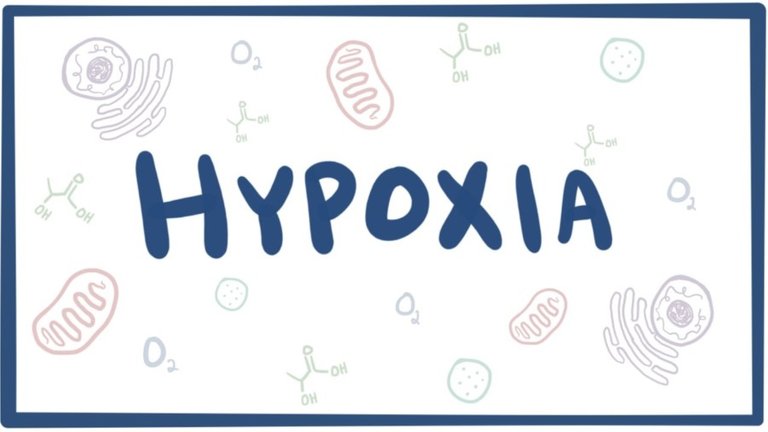
Hypoxia is the decrease in oxygen that enters the tissue to below the physiologic level although adequate blood perfusion (blood flow through the pulmonary circulation) tissue occurs due to reduced oxygen pressure in the surrounding air. The ultimate goal of breathing is to maintain the concentration (amount) of oxygen, carbon dioxide and hydrogen ions in body fluids.
Excess carbon dioxide or hydrogen ion affects respiration, especially its own respiratory central stimulatory effect, leading to a strong increase of inspiratory and expiratory signals to the respiratory muscles. Due to increased ventilation, the release of carbon dioxide from the blood increases, it also removes hydrogen ions from the blood because the reduction of carbon dioxide also reduces the carbonic acid blood. Various circumstances that decrease oxygen transport from lung to tissue include anemia, where the total amount of hemoglobin that serves to carry oxygen is reduced, carbon dioxide poisoning, so most of the hemoglobin becomes unable to transport oxygen, and decreased blood flow to the tissues can be caused by decreased cardiac output localized ischemia network.
As a result of hypoxia, changes in the central nervous system occur. Acute hypoxia will cause judgmental disorders, motor incoordination and clinical features that have an image of acute alcoholism. If the state of hypoxia lasts long cause symptoms of fatigue, dizziness, apathy, concentration power disturbance, delay reaction time and decreased work capacity. As the hypoxia gets worse, the brainstem center will be affected, and death is usually caused by respiratory failure. If the decrease of PaO2 is accompanied by hyperventilation and decrease of PaCO2,cerebro-vascular resistance increases, cerebral blood flow decreases and hypoxia increases.